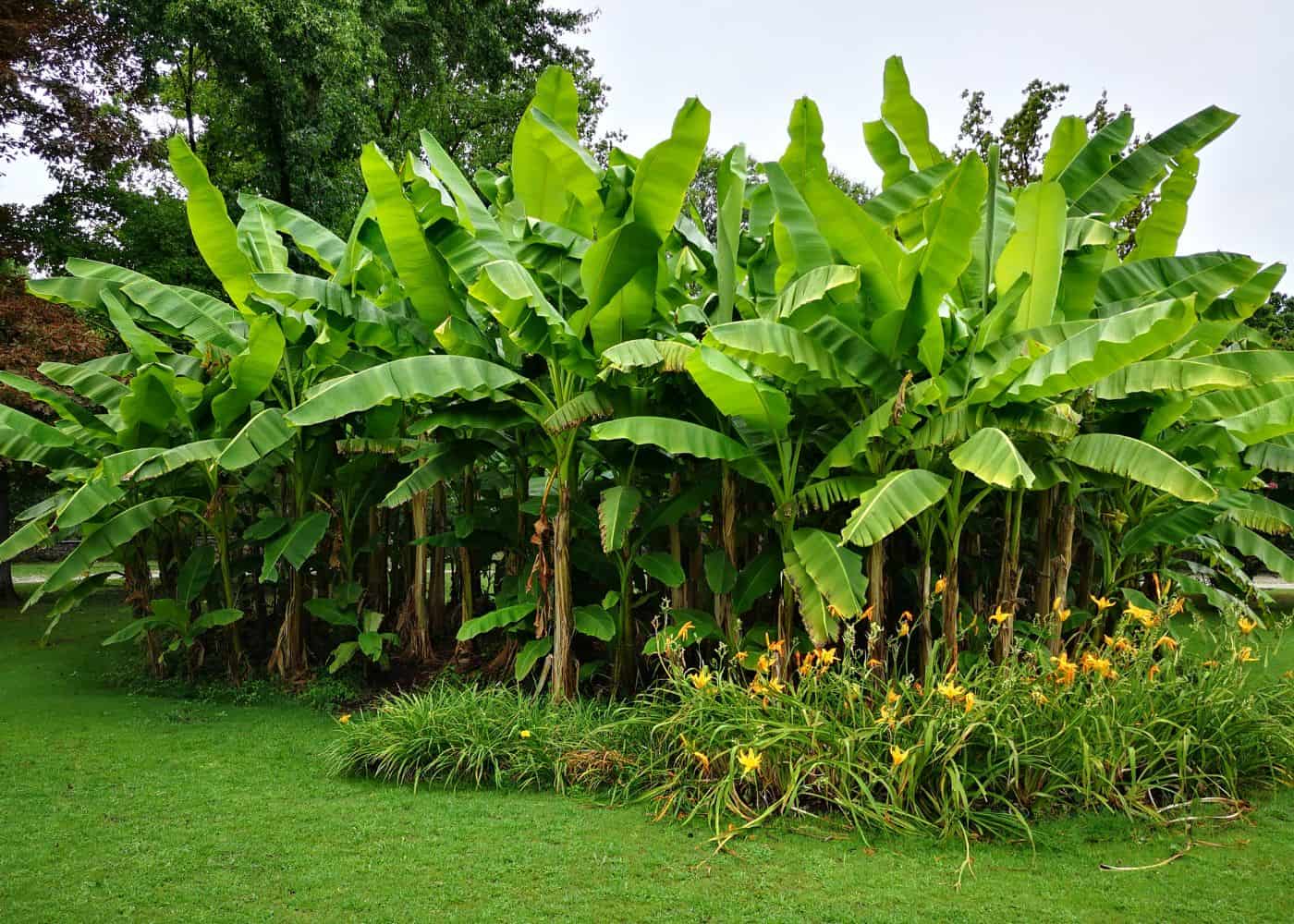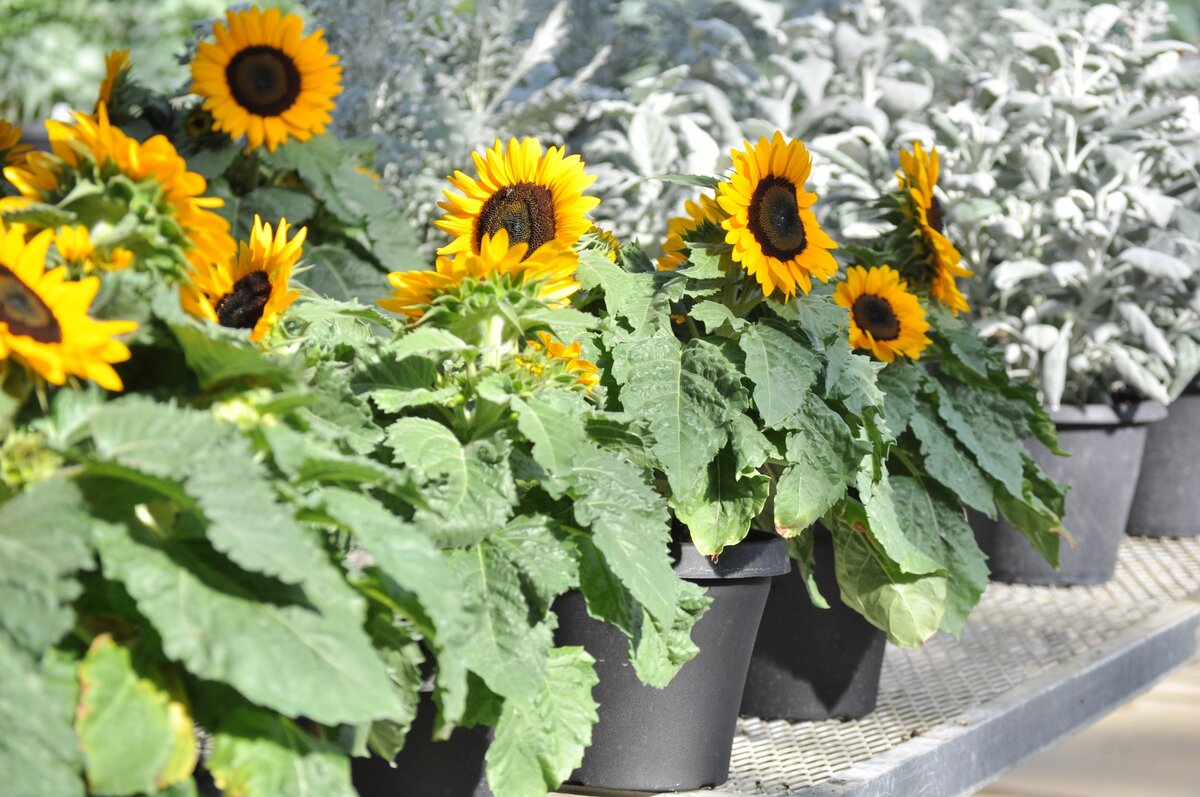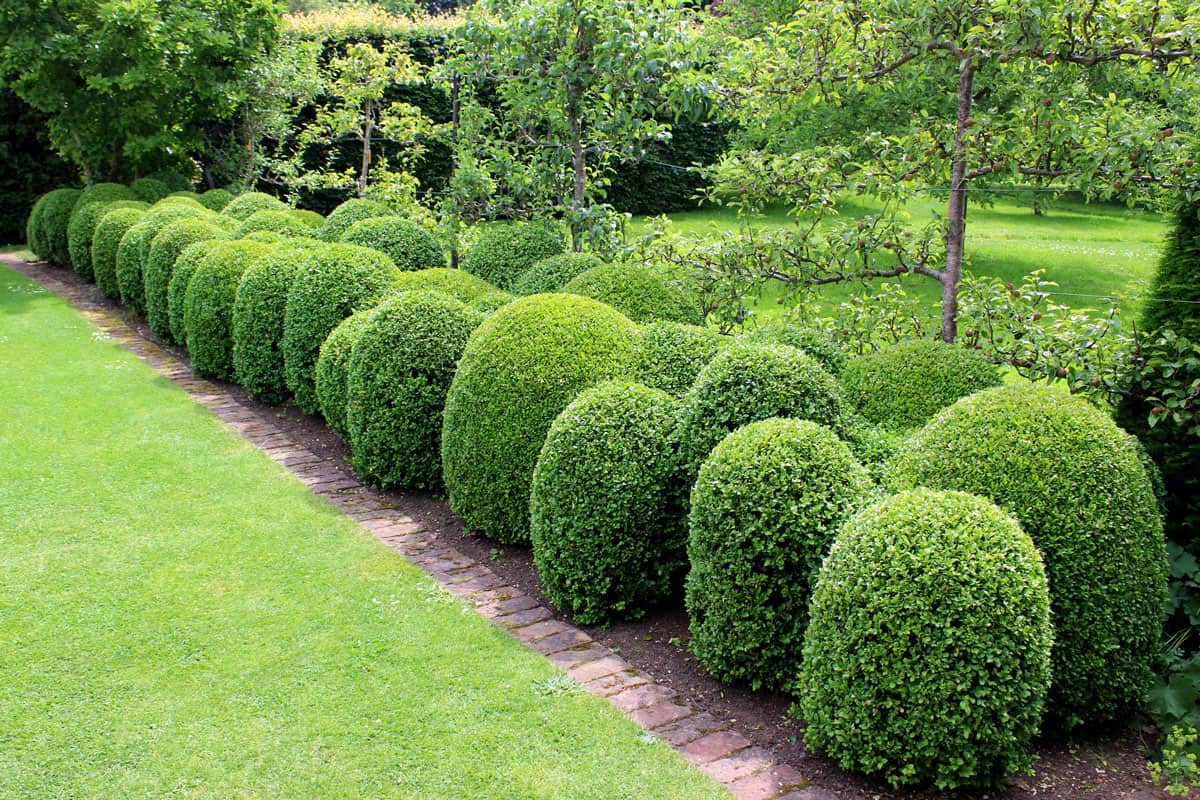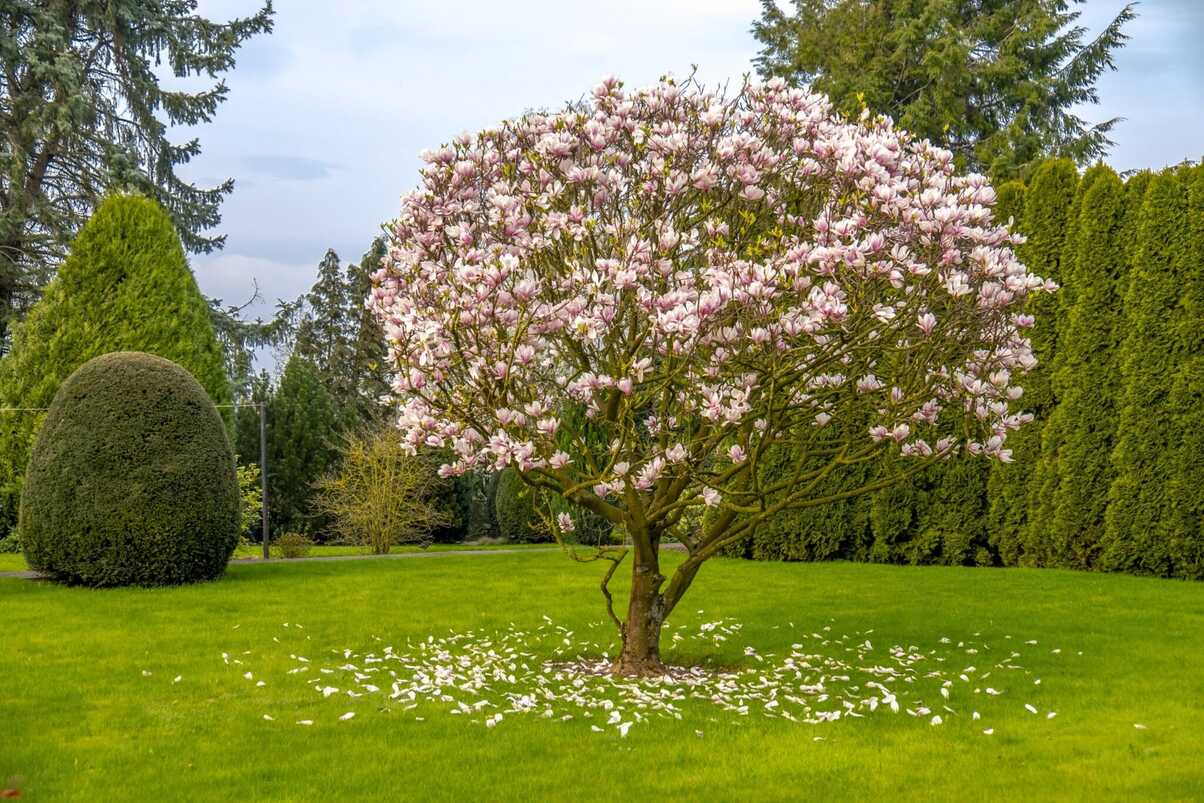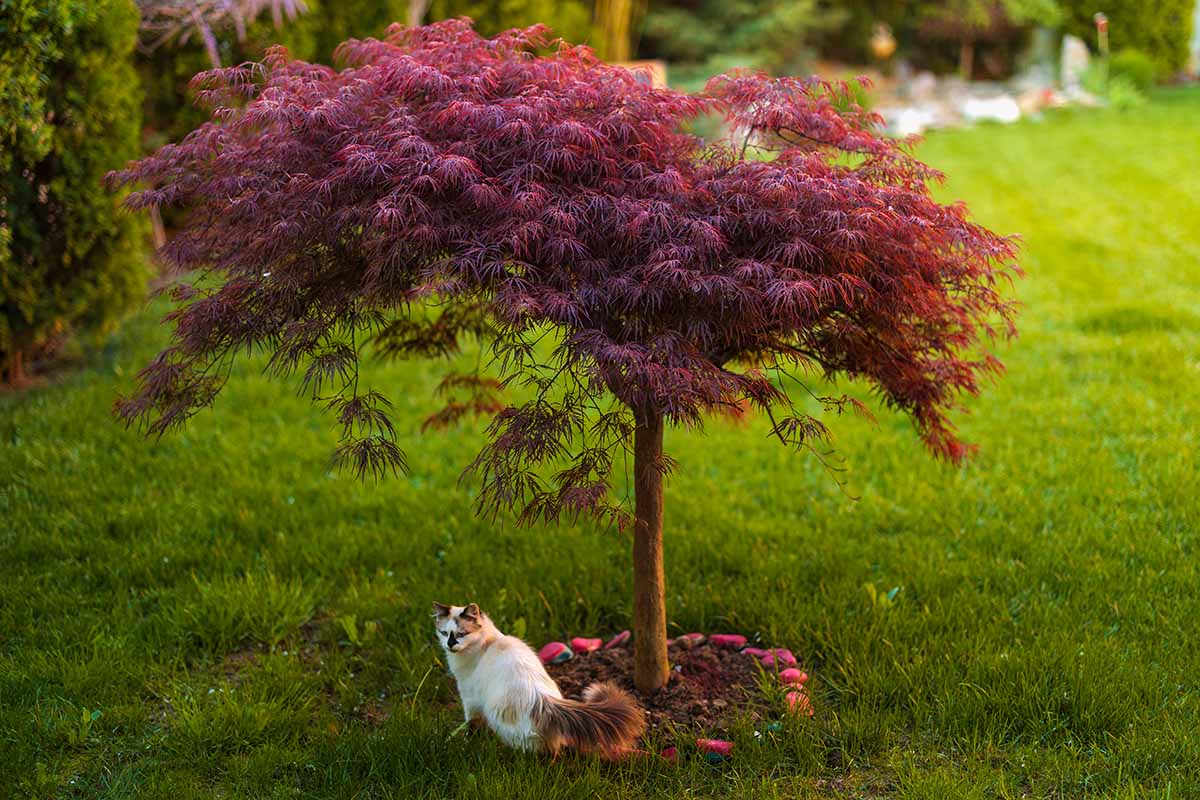Home>Gardening Techniques>Plant Care>How Tall Do Pecan Trees Grow
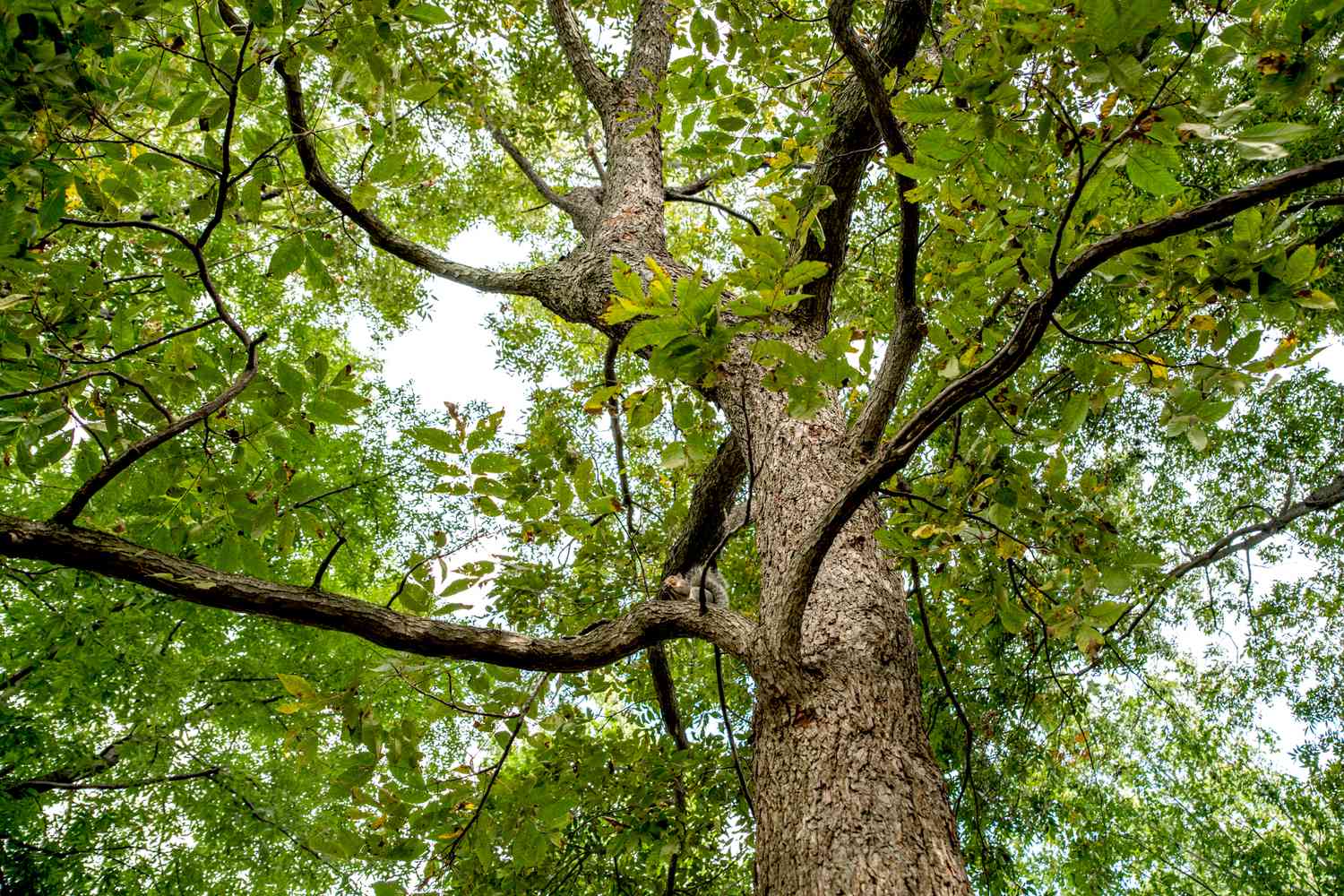

Plant Care
How Tall Do Pecan Trees Grow
Modified: January 22, 2024
Learn the proper plant care for pecan trees and find out how tall they can grow. Discover the secrets to successfully cultivating and maintaining your own pecan tree.
(Many of the links in this article redirect to a specific reviewed product. Your purchase of these products through affiliate links helps to generate commission for Chicagolandgardening.com, at no extra cost. Learn more)
Table of Contents
Introduction
Welcome to the world of pecan trees! These majestic trees not only provide delicious nuts but also add beauty to our landscapes. If you’re curious about how tall pecan trees can grow, you’ve come to the right place. In this article, we will explore the factors that influence the height of pecan trees and provide insights into their average height.
Pecan trees, scientifically known as Carya illinoinensis, are native to North America and are primarily cultivated for their flavorful nuts. These trees thrive in temperate climates and can be found in regions with well-drained soil and ample sunlight. They are known for their wide-spreading canopies and attractive foliage, making them a popular choice for both commercial orchards and home gardens.
Understanding the potential height of pecan trees is essential for proper planning and management. It allows growers to select appropriate planting locations, provide adequate spacing, and anticipate the tree’s growth pattern.
So, how tall can pecan trees grow? Let’s delve into the various factors that influence their height and discover the average range you can expect these majestic trees to reach.
Pecan Tree Basics
Before we delve into the factors that influence the height of pecan trees, let’s understand some basic information about these magnificent trees. Pecan trees are deciduous and belong to the hickory family. They can reach impressive heights, with mature trees often exceeding 70 feet tall and spreading equally wide.
Their large compound leaves, consisting of 9 to 17 leaflets, create a dense canopy that provides shade during hot summer days. Pecan trees have a deep taproot system that helps them endure periods of drought and strong winds.
In addition to their aesthetic appeal, pecan trees are primarily cultivated for their delicious nuts. These nuts are encased in a hard shell within a green husk that eventually splits open as the nuts mature. Harvesting pecans typically occurs in the fall when the nuts have fully ripened and fallen from the tree.
Pecan trees are known for their longevity, with some specimens living for several hundred years. They are also considered self-pollinating, meaning that a single tree is capable of producing nuts without requiring another tree for cross-pollination. However, having multiple trees in close proximity can increase pollination rates and improve yields.
Now that we have a better understanding of pecan tree basics, let’s explore the various factors that affect their growth and ultimately determine their height.
Factors Affecting Pecan Tree Height
Several factors influence the height that pecan trees can reach. Understanding these factors will help you determine the potential growth of your pecan trees and provide optimal conditions for their development. Here are the key factors that affect the height of pecan trees:
- Varietal Differences: Different pecan tree varieties have varying growth habits and heights. Some varieties are considered standard trees and can reach towering heights, while others are considered semi-dwarf or dwarf varieties, which naturally have a more compact size.
- Climate and Growing Conditions: Pecan trees thrive in temperate climates with a long growing season. They require ample sunshine, well-drained soil, and adequate moisture. The availability of these favorable conditions will directly impact the height and overall health of pecan trees.
- Age and Maturity: As pecan trees grow older, they tend to reach greater heights. Younger trees may have a slower growth rate and remain relatively shorter until they mature. It’s important to note that the height of pecan trees will continue to increase over time.
- Pruning and Training: Proper pruning and training techniques can influence the growth and height of pecan trees. Pruning should be done selectively and carefully, removing dead or damaged branches and promoting a balanced canopy. Pruning can help control the tree’s height and shape, resulting in a more manageable size.
- Spatial Limitations: The amount of space available for root expansion can impact the height of pecan trees. If the root system is constrained, such as in containers or small planting areas, the tree may not reach its full potential height. Giving pecan trees ample space to grow will allow them to develop to their maximum height.
Keep in mind that these factors interact with each other, and any changes in one factor can influence the growth and eventual height of pecan trees. While it’s challenging to predict the exact height a pecan tree will reach, understanding these factors will provide insights into managing and optimizing their growth.
Average Height of Pecan Trees
When it comes to the average height of pecan trees, it is important to consider the variety, growing conditions, and overall tree health. Standard pecan tree varieties can reach impressive heights of 70 to 100 feet or more. However, it’s crucial to note that not all pecan trees will reach these maximum heights.
On average, a healthy, mature pecan tree can grow to be around 60 to 80 feet tall. Factors such as genetics, age, and environmental conditions all play a role in determining the final height of a pecan tree. Additionally, well-pruned and properly maintained trees may have a more compact size, potentially reaching the lower end of the average height range.
It’s worth noting that dwarf and semi-dwarf varieties are available for those who desire smaller-sized pecan trees. These varieties are often preferred for home gardens or areas with limited space, as they typically reach heights of about 30 to 40 feet.
Furthermore, it’s essential to give pecan trees ample time to reach their full potential. Pecan trees have a slow growth rate, especially during their early years. It can take anywhere from 10 to 15 years for a pecan tree to reach its maximum height.
Remember, these are general height ranges, and individual trees may exhibit variations. Factors such as soil fertility, water availability, and ongoing tree care practices can also impact the height of pecan trees. Regular monitoring and proper maintenance will contribute to the overall growth and development of pecan trees.
In summary, the average height of a mature pecan tree can range from 60 to 80 feet, depending on factors such as variety, age, and growing conditions. However, it’s important to keep in mind that there is variation within this range and that proper tree care can influence the final height achieved.
Exceptional Cases of Pecan Tree Height
While the average height of pecan trees falls within a certain range, there have been exceptional cases where these trees have surpassed typical heights. These extraordinary specimens serve as a testament to the remarkable growth potential of pecan trees when provided with optimal conditions. Here are a few notable examples:
- Centennial Giants: In certain regions where pecan trees have been cultivated for over a century, towering giants can be found. These centennial pecan trees can reach heights well over 100 feet, with some specimens even exceeding 150 feet. These awe-inspiring trees have weathered the test of time and stand as living monuments to the longevity and grandeur of pecan trees.
- Legacy Trees: Within families or institutions, pecan trees that have been carefully preserved for generations may grow to remarkable heights. These legacy trees, often possessing genetic traits that contribute to their impressive height, can become cherished landmarks and symbols of heritage.
- Optimal Growing Conditions: In areas with ideal growing conditions, such as fertile soil, consistent moisture, and abundant sunlight, pecan trees can thrive and reach astonishing heights. These exceptional cases highlight the impact that favorable environments can have on the growth and development of pecan trees.
While these exceptional cases of pecan tree height are awe-inspiring, it’s important to note that they are not the norm. Most pecan trees will fall within the average height range mentioned earlier. Nonetheless, it’s fascinating to see these outliers and appreciate the incredible potential of pecan trees when all the factors align perfectly.
As with any living organism, the growth of pecan trees is influenced by a combination of genetic factors, environmental conditions, and ongoing care. While exceptional cases exist, the focus should still be on providing optimal conditions and proper maintenance to ensure healthy tree growth and longevity.
Now, let’s explore some strategies for managing the height of pecan trees and maintaining their optimal growth.
Managing Height of Pecan Trees
Managing the height of pecan trees is essential for maintaining their health, appearance, and ease of maintenance. While it’s difficult to control the natural growth tendencies of these majestic trees, there are some strategies you can employ to manage their height effectively. Here are a few techniques:
- Pruning: Regular pruning is crucial for managing the height and shape of pecan trees. Prune during the dormant season to remove any dead, damaged, or crossing branches. By selectively removing branches, you can open up the canopy, improve air circulation, and reduce the overall height of the tree. Make sure to follow proper pruning techniques and avoid over-pruning, as this can weaken the tree and affect its health.
- Training: Early training plays a vital role in managing the height of pecan trees. Begin training young trees by selecting a central leader and removing competing branches to establish a strong and well-balanced framework. By shaping the tree early on, you can influence its growth pattern and promote a more manageable height.
- Controlling Water and Nutrient Availability: Providing optimal water and nutrient levels can impact the growth rate and overall size of pecan trees. Avoid excessive watering, as this can lead to rapid growth and increased height. Similarly, controlling the amount and timing of fertilizer application can help manage the tree’s growth. Consult with a horticulture expert or arborist for specific guidance on watering and fertilizing techniques.
- Planting Considerations: If you have limited space, consider selecting dwarf or semi-dwarf pecan tree varieties that naturally have a more compact size. These varieties are better suited for smaller landscapes and are easier to manage in terms of height. Be sure to provide adequate spacing when planting to allow for proper root and canopy development.
- Regular Maintenance: Performing routine maintenance tasks, such as removing dead branches, monitoring for pests and diseases, and providing proper care, can contribute to the overall health and controlled growth of pecan trees. Regularly assess the tree’s growth and adjust pruning and training techniques accordingly.
Remember, it’s essential to strike a balance between managing the height of pecan trees and promoting their overall health and vigor. Over-pruning or excessively restricting growth can have negative consequences on the tree’s structural integrity and long-term health. It’s always recommended to seek guidance from professionals in plant care or arboriculture when implementing management techniques.
By employing these strategies and actively managing the height of pecan trees, you can ensure that they fit harmoniously into your landscape while still enjoying their beauty and abundant harvest of delicious nuts.
Conclusion
Pecan trees are magnificent additions to any landscape, providing both beauty and delicious nuts. While the average height of pecan trees ranges from 60 to 80 feet, there are exceptional cases where these trees reach even greater heights, especially in areas with favorable growing conditions and longstanding cultivation.
Factors such as genetics, climate, age, pruning, and spatial limitations can all influence the height of pecan trees. Understanding these factors allows for better planning and management, ensuring optimal growth and development.
Managing the height of pecan trees involves strategies such as pruning, training, controlling water and nutrient availability, planting considerations, and regular maintenance. By implementing these techniques, you can promote a balanced tree structure, maintain a manageable height, and enhance the overall health and longevity of the trees.
While it’s important to manage the height of pecan trees, it is equally crucial to strike a balance and respect the natural growth tendencies of these remarkable trees. Careful pruning, training, and ongoing maintenance practices can help achieve this balance, ensuring the trees remain healthy, productive, and harmonious within their surroundings.
In summary, understanding the factors that affect pecan tree height, maintaining proper care, and implementing management techniques will allow you to enjoy the beauty and benefits of pecan trees for years to come. So go ahead, plant some pecan trees and watch them grow into stunning specimens that will delight you with their grandeur and reward you with a bountiful harvest of delicious pecans.
